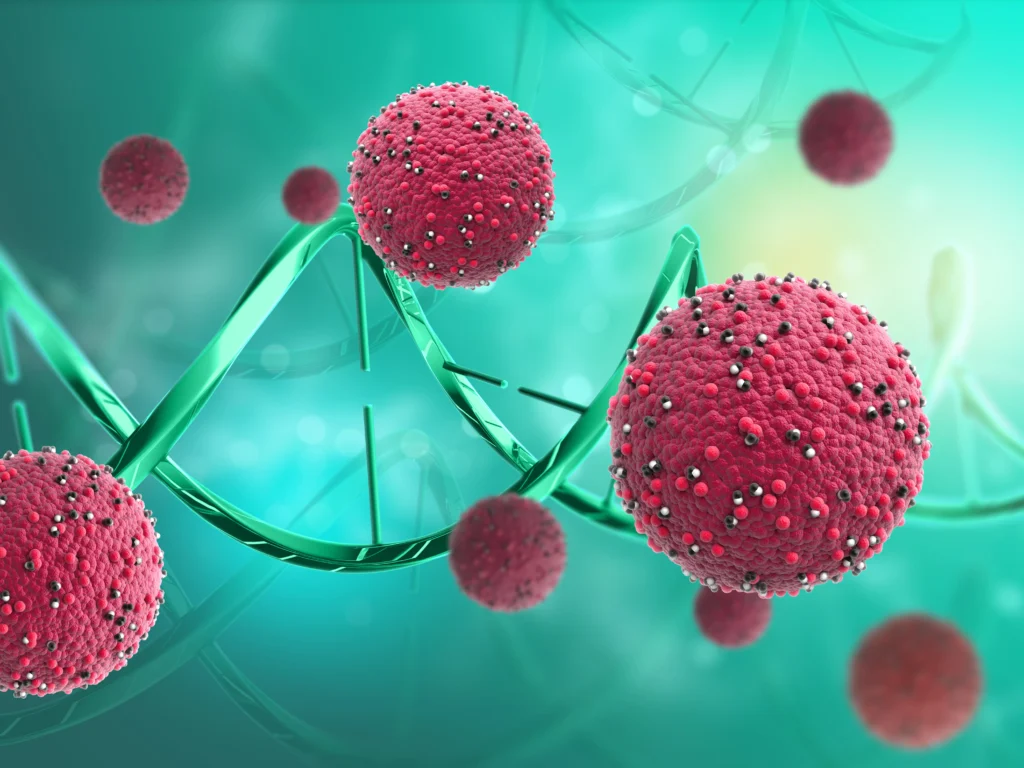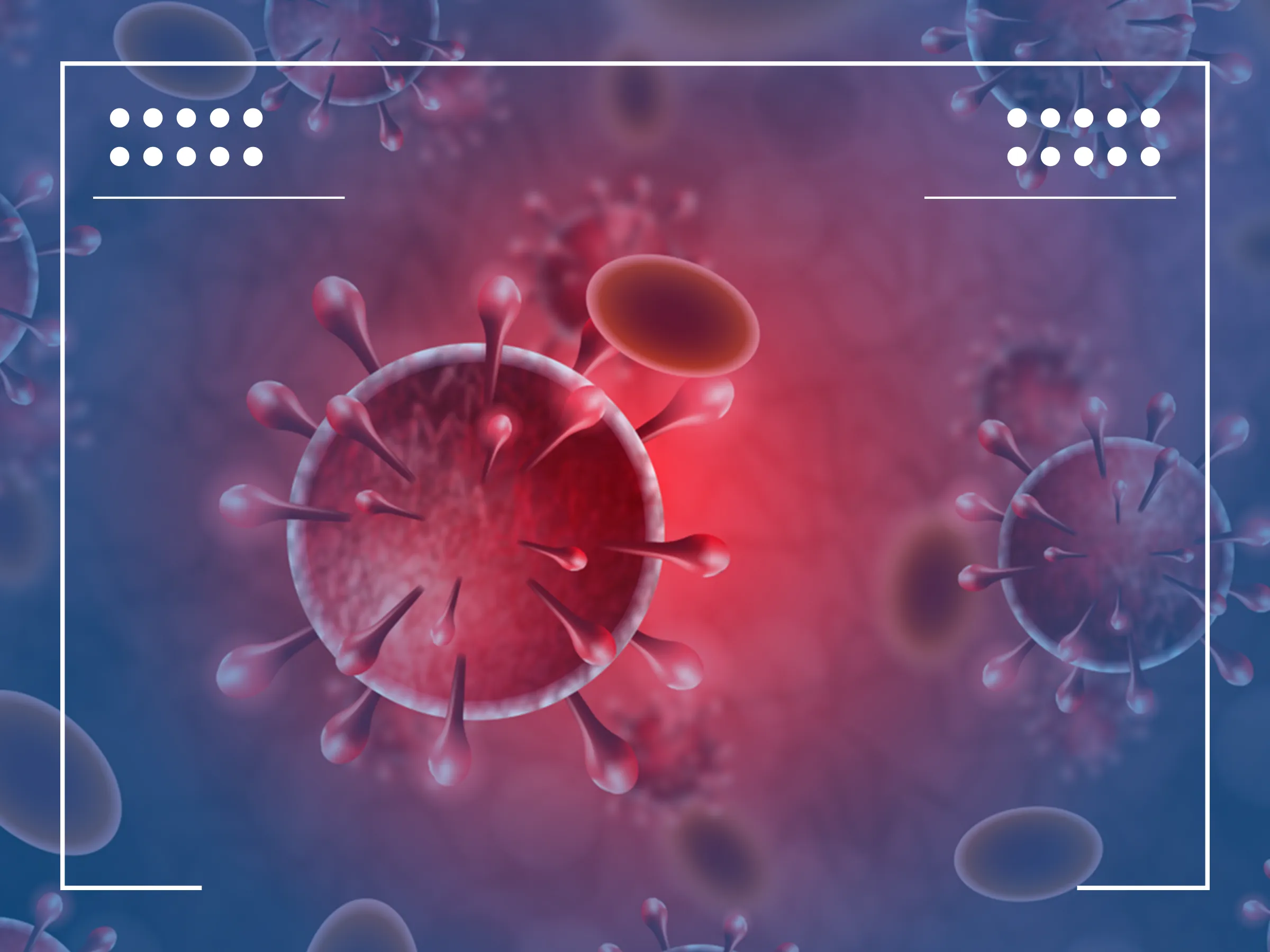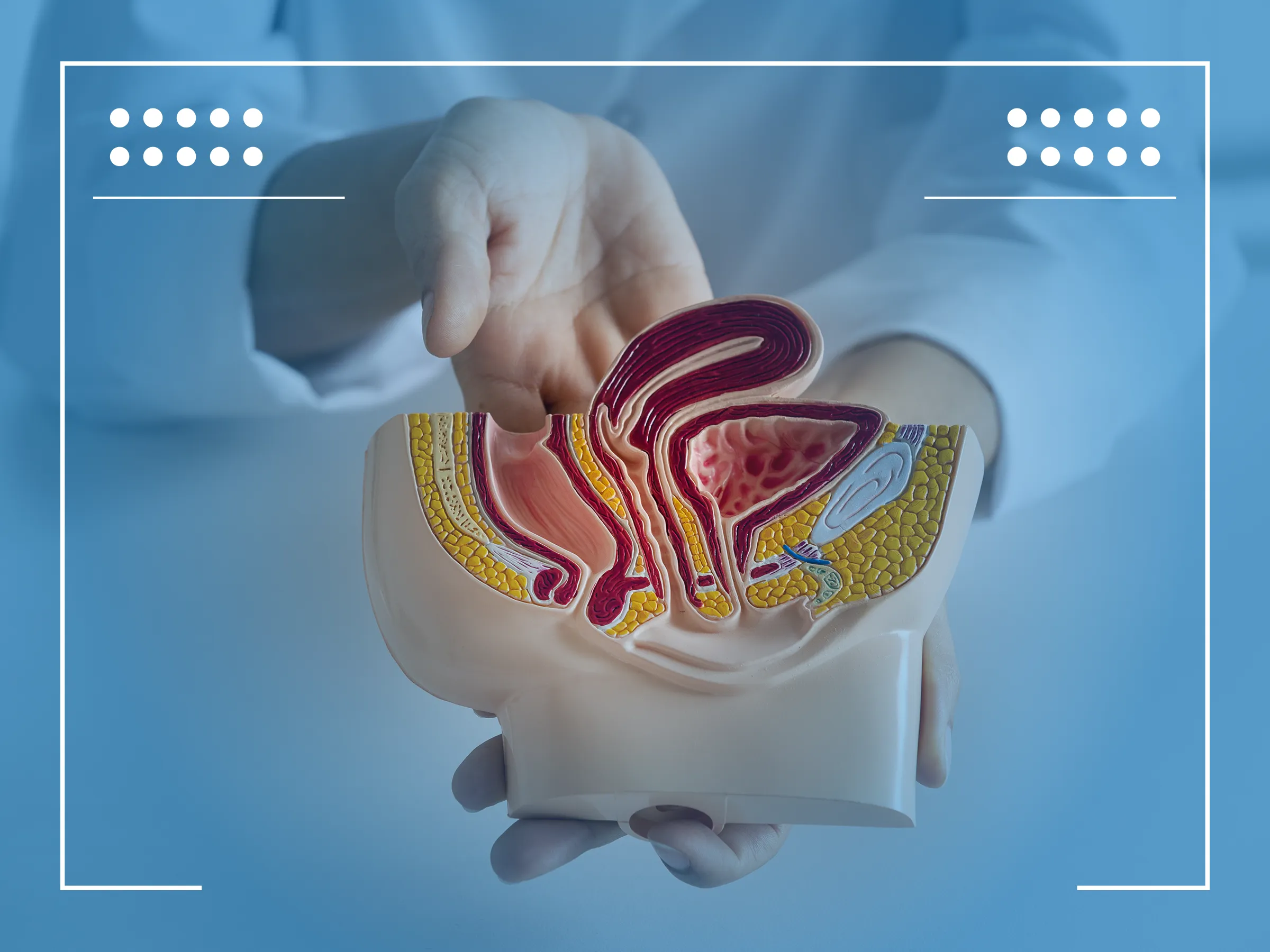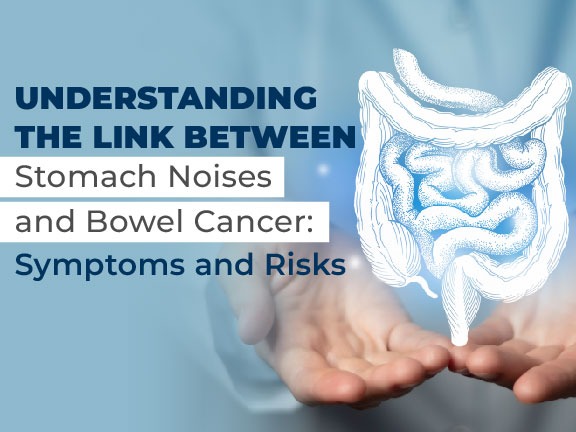High hemoglobin levels can be indicative of several underlying health conditions or physiological adaptations. Often found in individuals living at high altitudes, where oxygen levels are lower, elevated hemoglobin helps in transporting more oxygen to tissues. However, in other scenarios, high hemoglobin might signal dehydration, smoking, or bone marrow disorders.
High hemoglobin concentrations might also be seen in athletes, particularly those who engage in endurance sports. This physiological response is a part of the body’s adaptation to increased demand for oxygen during intense physical activities. Yet, caution is advised, as artificially enhancing hemoglobin levels through methods like blood doping can pose severe health risks, including increased risk of blood clots, heart failure, and strokes. Therefore, maintaining natural hemoglobin levels through healthy lifestyle choices is crucial for overall well-being. Medical professionals usually recommend further testing to determine the cause of high hemoglobin levels and to rule out serious conditions such as polycythemia vera, which requires specific treatment.

High Hemoglobin Levels
Hemoglobin is a crucial protein in red blood cells, responsible for transporting oxygen throughout the body. When hemoglobin levels are high, it indicates an above-normal concentration, which could have various implications for one’s health. Similarly, hemoglobin A1c high levels suggest prolonged elevated blood glucose levels, which is a concern for individuals monitoring diabetes.
The causes of high hemoglobin and hematocrit levels can be multifaceted. Commonly, these conditions are seen in scenarios such as:
- Living at high altitudes where oxygen levels are lower
- Smoking, which can lead to increased hemoglobin levels due to decreased oxygen availability
- Dehydration, where hemoglobin concentrations rise due to reduced plasma volume
Other less common causes include polycythemia vera, a bone marrow disorder that leads to excessive production of blood cells.
Symptoms of high hemoglobin levels might not be evident initially but can manifest as headaches, dizziness, and fatigue. Detection typically involves a blood test such as the HB test, which measures hemoglobin levels directly.
In diagnosing and managing high hemoglobin, several related tests and parameters are important:
- Hemoglobin A1c measures the average blood sugar levels over the past three months.
- Hematocrit levels assess the proportion of red blood cells in the blood, often elevated alongside high hemoglobin.
- Mean corpuscular hemoglobin, high levels of which could indicate macrocytic anemia.
While discussing high hemoglobin, it’s also significant to touch on low ferritin levels. Ferritin is a blood cell protein that contains iron. Low ferritin levels can lead to iron deficiency anemia, despite having normal or high hemoglobin levels. This condition can further complicate the clinical picture and requires careful evaluation and management.
The treatment for high hemoglobin levels depends on the underlying cause:
- If due to high altitude, often no treatment is necessary unless symptoms are severe.
- In cases of dehydration, rehydration can normalize levels.
- For those with polycythemia vera, phlebotomy (removing blood from the body) or medication might be required.
Understanding what A1c levels indicate about blood glucose control is vital for managing diabetes and its complications. Regular monitoring of hemoglobin and hematocrit high levels can help detect potential health issues early, allowing for timely intervention. As with any condition, consultation with a healthcare provider is essential for proper diagnosis and management.












